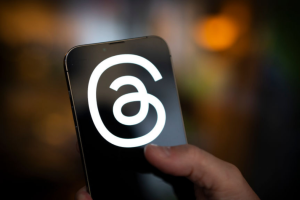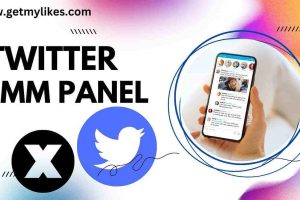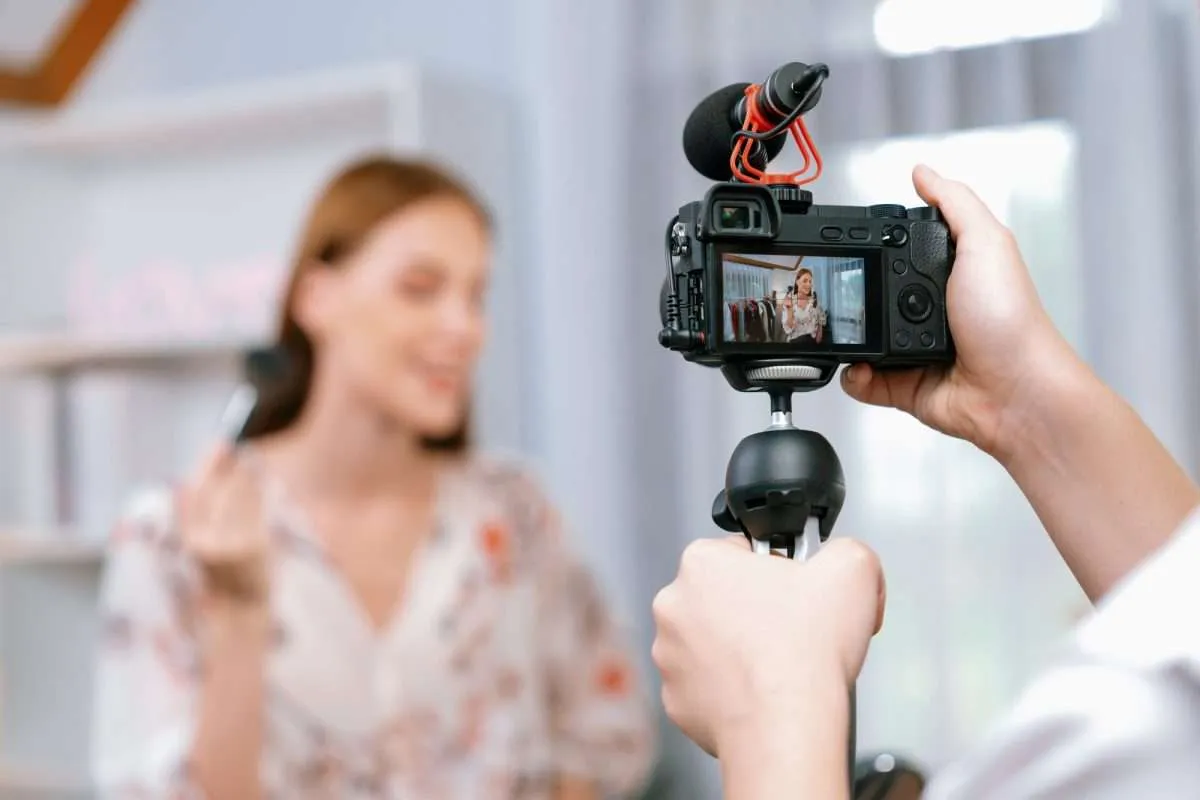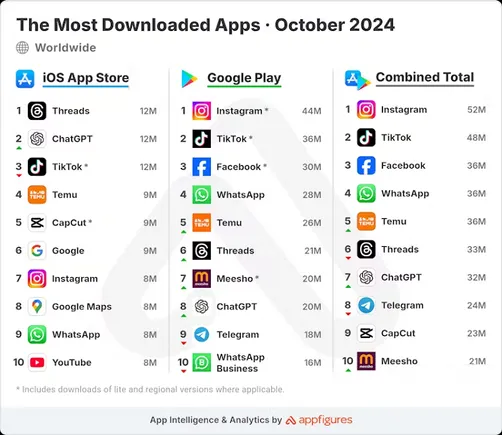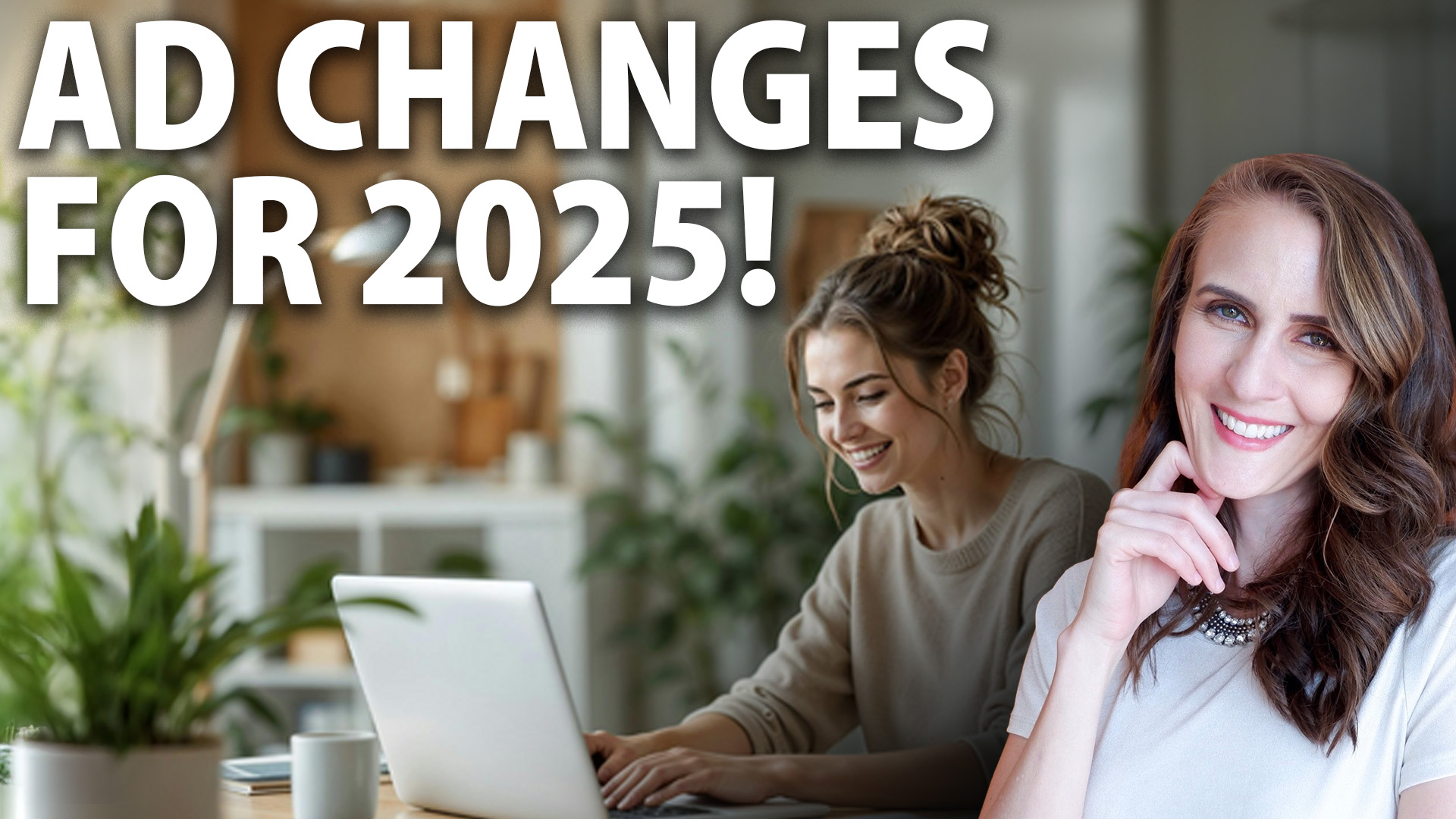Influencer marketing makes businesses $5.20 for every $1 they spend on influencers.
A big part of Semrush’s marketing strategy is influencer marketing. Semrush collaborates with marketers like Lily Ugbaja, Erica Schneider, and Sarah Noel Block for Twitter thread takeovers. These threads, fueled by expert influence, attract significant, targeted engagements.
In this article, you will get access to questions you must ask influencers before you collaborate with them.
7 Questions to Vet Potential Brand Collaborators
If you’ve felt the sting of a collaboration or partnership gone wrong, you know it’s not a pretty sight.
Imagine launching a collaboration with an influencer, only to realize their image clashes awkwardly with your brand identity. To sidestep such situations, look beyond the popularity of the influencer and more into how they fit with your brand.
Take the guesswork out of your approach with these 7 key questions.
- How familiar are you with our target market?
- Is our product something you use or are familiar with?
- What’s your content creation process?
- Who is your active audience?
- Are our values or goals aligned?
- How much does collaboration cost?
- What are your top-performing posts?
How familiar are you with our target market?
Assess right away whether the potential collaborator has a solid understanding of your target market.
Partnering with influencers who understand your target market is like catching up with an old friend. They effortlessly weave into discussions that matter to your audience, using language and references that hit the sweet spot.
Here is a checklist to help:
Is our product something you use or are familiar with?
This question helps you filter out collaborators who might not align with your brand or lack genuine interest in what you offer.
For example, you can ask, “Have you tried our product, and if so, what do you think?”
To gauge an influencer’s familiarity, consider posing a follow-up question like:
Can you share any specific experiences or features you appreciate about our product?
If the influencer says something along the lines of, “I’ve been using your product for months, and I love how [specific feature] enhances my [daily routine/activity]. It shows genuine familiarity, something you need in a collaboration.
But if their response is more like, “I haven’t tried it yet,” or some generic feedback, prompt a deeper conversation — ask them if they would love to test your product. If they do, then send a demo to them or schedule a brief call to explain your product’s use cases.
Choosing influencers who like and use your product will save you from incidents like the EA and Benjamin Burnley debacle.
In the EA and Burnley case, EA reached out to Burnley to promote Star Wars Battlefront. However, Burnley, who wasn’t enthusiastic about the game, shared an image on Instagram showing a shattered disc of Star Wars Battlefront, accompanied by negative remarks about it.
What’s the content creation process with influencers?
I spoke to Nicole Ponce, the influencer marketing lead at Semrush, and here’s what she had to say concerning the content creation process when vetting influencers:
“The content creation process looks different for many influencers. It’s our job not to stifle the creativity of creators because they know their audience the best. The best work has come from brainstorming ideas together, understanding the shared goal of the collaboration, and giving them full creative freedom.”
Initiate a discussion with the potential influencer about their process. Inquire about how they prefer to work. If they want images sent to them or if they handle the entire content creation.
Next, decide on the content format—video, images, live streams, or a mix.
Clarify expectations regarding editorial control. Some influencers prioritize having full control and might not submit posts for brand approval.
You can avoid potential mishaps by aligning expectations and approval processes with influencers.
After the Naomi Campbell and Adidas incident in 2016, there is no doubt about the importance of content control.
Campbell shared a photo of a pair of Adidas shoes on Instagram, along with the promotion instructions. Sure, it was deleted as soon as the team realized, but not before it went viral.
Protip:
Aside from serving as an editorial eye, make collaboration easier. Provide pre-written shares, embed codes, images, and other tools to facilitate content distribution.
Who is your active audience?
No matter how familiar the influencer is with your target market, if their active audience is not in sync with your brand, it won’t be a successful campaign.
Your audience wouldn’t value their input. And publishing content for an unrelated audience will not benefit your brand or the influencer in the long run.
When Nicole Ponce, Influencer marketing lead at Semrush spoke to Mike Alton, Head of strategic partnership at Agorapulse in a pod titled How CMOs Use Influencer Marketing To Drive Sales, she clearly said that:
“Not all influencers are created equal. When choosing influencers, you’ll need to consider their audience, their reach, and their engagement. You’ll also need to make sure that their values align with your brand’s values.”
Here’s what to look out for to ensure audience sync:
- Audience Interests and Engagement Preferences
It’s vital that the influencer’s content resonates with what your audience enjoys and how they prefer to interact, whether through educational content, entertainment, or interactive media. This is a two-way compatibility channel, you must also ensure that the influencer’s followers have similar preferences and values to your target audience.
- Check geographic alignment
Check that the influencer’s geographical reach corresponds to your target market or location. If your target audience is in Canada, do not work with an influencer whose primary audience is in Germany.
Review the influencer’s content style to ensure it complements your brand image and messaging.
Are our values or goals in sync with influencers?
Read their posts and see what other people say about them. Verify that the influencer’s values match those of your business. If not, the partnership will clash with your brand.
According to Robert Rose, co-founder of Content Marketing Institute:
“When you team up with influencers, you’re not just getting their work; you’re also partnering with the way they put themselves out there’.
A way to check for sync is by peeking into their past partnerships.
For instance, if your brand prioritizes sustainability and the influencer has previously promoted eco-friendly products, that’s a green light for shared values and potential harmony.
An example of a value mismatch was the James Charles and Sugar Bear Hair incident in 2019.
James Charles, a beauty vlogger, posted an advertisement for Sugar Bear Hair—vitamin supplements that help grow fuller, healthier hair.
But Charles later admitted he didn’t think vitamins had much of an effect and only partnered with Sugar Bear Hair to get free Coachella tickets. His followers began to question the value of hair and skin supplements. And this negatively affected the Sugar Bear Hair brand.
How much does collaboration with influencers cost?
Beyond discussing costs, foster transparency. Encourage an open conversation about where your budget wiggle room lies. This avoids surprises and sets the stage for a financially sound partnership.
For example, if you want exclusivity for the duration of the contract, expect to pay a higher price. Since influencers won’t be able to promote other brands to their audience during that time, they’ll price it to cover their revenue loss.
What are your top-performing posts?
In influencer collaborations, actions speak louder than promises.
Engagement and impressions’ metrics, such as likes, shares, and comments, are tangible proof of an influencer’s ability to spark meaningful interactions. Also, if you create affiliate programs, you should look at acquisition of new users/clients as a KPI.
Identifying the top posts of potential influencers helps your brand:
Align content styles
Every influencer has a unique style that speaks to their audience. Look into their top-performing posts that aligns with your content style and goal. This results in a more authentic and engaging collaboration.
Avoid a mismatch
Reviewing an influencer’s top-performing posts allows you to assess whether their content aligns with your brand. An ideal duration is 3 months. You can track the results from each campain. This way, your collaboration feels natural and genuine.
Maximize impact
Numbers don’t lie. The top posts give you a good idea of what’s worked in the past.
It allows you to strategize and create content that’s most likely to stick.
Pro tip: Prioritize comments and shares over likes. They are the real indicators of audience connection.
What are your terms and conditions?
The most complex and time-consuming aspect of the collaboration is managing the influencers and content.
Here are two steps you can take to avoid a rift:
Have a contract in place
Have a contract, no matter the partnership’s duration or how well you sync. A written agreement is not nice to have. It is crucial for clarity and makes collaboration smoother.
If an influencer is hesitant to sign, don’t go ahead. Get a binding contract from your lawyer or legal team.
Don’t overlook the fine print
Get content licensing rights if you’re going to repurpose influencer-generated content on your website, social media, or ads. This is to avoid copyright complications.
Before you proceed, find out what rights they are willing to give you. Get all the details sorted ahead of time, including deliverables and timelines. So there’s less chance of a misunderstanding later.
Takeaway
The right influencers are more than just their followers. It’s important to make sure they fit your work style, share your values, and align with your audience. You should also align with theirs because it works both ways.
Take the time to vet influencers; tools like Modash or Grin can help speed up the process.

